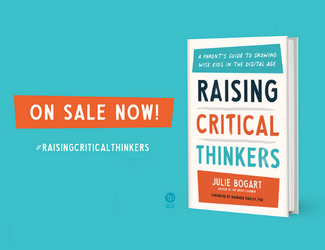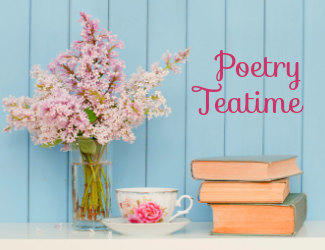Best of the Blog: Breaking the Mold
Some writing assignments are like jello molds. They expect the writer to pour the hot liquid of her thoughts into a shape and then cool those thoughts down so that they congeal into a pineapple, celery and raspberry gelatin ring. (Can you believe that celery is ever added to jello?!)
Time to ditch the jello mold approach to writing.
Start with original, quirky thoughts. Get them on paper.
Dig through those words to find the most interesting hook – the part of the writing that caught your attention – and move it to the top. Don’t worry if it’s explicit or if it is a “topic sentence.” Grab the reader’s attention. You can use an exaggerated comparison (like I did at the top), you can start with dialog, you can describe noises or action, you can even lead with a question. But please, never begin a writing assignment with the birth date of a famous person, or the statistics of the Civil War, or the export percentages of lumber from Maine.
Get me into the topic through my curiosity or my emotions and then, as an IV drip keeps a person on life support fed, drip the facts into the writing. Don’t make facts and numbers the center piece of your writing. Let them add flavor and support to your otherwise wonderful retelling or description of the event, process or person in question.
Don’t mistake encyclopedia writing for a model of good writing. Encyclopedias are designed to meet certain criteria. That criteria doesn’t include entertaining, persuading or involving the reader. So leave encyclopedias on the shelf. Instead, use quality non-fiction (found in the juvenile section of your local library) as models for good non-fiction writing. Not all of these books achieve the goals I’ve stated here, but many of them do, particularly the ones written in the last five years.
Break free from the mold and write to impact. You’ll be glad your kids did.

















